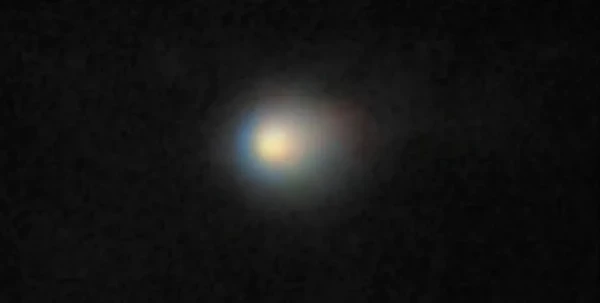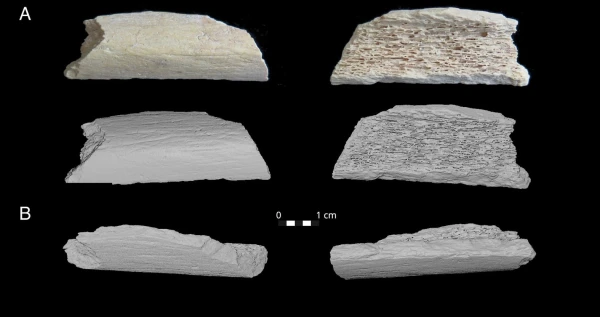
A new study shows that the interstellar comet 3I/ATLAS is clearly unlike any known comets, reports Focus.
Last week, the interstellar object 3I/ATLAS, which many scientists consider to be a comet, hid behind the Sun and could not be seen with ground-based telescopes. On October 29, 3I/ATLAS came closest to our star. Astronomers, using data from spacecraft, discovered that this comet unexpectedly became brighter while hiding behind the Sun. Scientists believe that 3I/ATLAS has an unusual chemical composition, and the rate of increase in its brightness cannot yet be explained. The study was published on the arXiv preprint server, reports Live Science.
While the interstellar comet 3I/ATLAS was hidden behind the Sun and not visible to ground-based telescopes, it was observed by three spacecraft: GOES-19, PUNCH, and SOHO. They use their instruments to study the Sun, and this data helps predict space weather that affects our planet.
These spacecraft observed the comet from October 18 until 3I/ATLAS reached its closest point to the Sun. Scientists found that as it approached the Sun, the brightness of the interstellar comet increased about 7 times faster than that of ordinary comets. The reason for this strange phenomenon remains unclear.
Initially, the brightness of 3I/ATLAS was at a magnitude of 11, and then it rapidly increased to a magnitude of 6. The lower the magnitude, the brighter any celestial object is.
Astronomers were surprised that the interstellar comet took on a bluer color, whereas it had recently appeared more reddish. Scientists believe this may be related to 3I/ATLAS emitting a lot of gaseous substances, including carbon.
On the other hand, scientists say that despite the extremely rapid increase in brightness of 3I/ATLAS, other comets also increase their brightness when they are close to the Sun. However, they do not do so as quickly as 3I/ATLAS.
The brightness of comets increases due to the enlargement of their coma, which is the gas envelope surrounding the nucleus that arises from the sublimation of ice on the comet's surface. Sublimation is the transition of a substance from a solid to a gaseous state without passing through a liquid phase. The larger the coma, the more sunlight it reflects.
Astronomers also discovered that a glowing tail of gas and dust trails behind the comet, which is estimated to be up to 300,000 km long. Scientists also found that the comet emits many gaseous compounds associated with water. The rate of formation of these molecules sharply increased as the comet approached the Sun, corresponding with the increase in brightness of 3I/ATLAS.
Astronomers cannot yet explain the sudden increase in brightness of 3I/ATLAS, but they suggest it may be related to unusual activity of gaseous substances such as carbon dioxide and water. It may be connected to the unique chemical composition of the comet's nucleus, or its shape and structure. Scientists believe that soon the interstellar object 3I/ATLAS may become even brighter.
Since the discovery of 3I/ATLAS in July, astronomers have been studying this strange interstellar object. It is traveling through the Solar System at a speed of about 210,000 km/h and has an unusual trajectory. This is the highest speed among all known comets. Scientists believe that the nucleus of the comet is over 5 kilometers in diameter and that this object may be between 7 to 10 billion years old, which is almost twice the age of Earth.
It is unknown from which star system the object 3I/ATLAS originated, but astronomers still intend to gather more information about it when it becomes visible to ground-based telescopes in November and December. By mid-December, 3I/ATLAS is expected to be at its closest distance to Earth.
In March 2026, the interstellar object 3I/ATLAS will approach Jupiter, and scientists want to use nearby spacecraft to study the mysterious comet. 3I/ATLAS will leave the Solar System in 2026.















Leave a comment